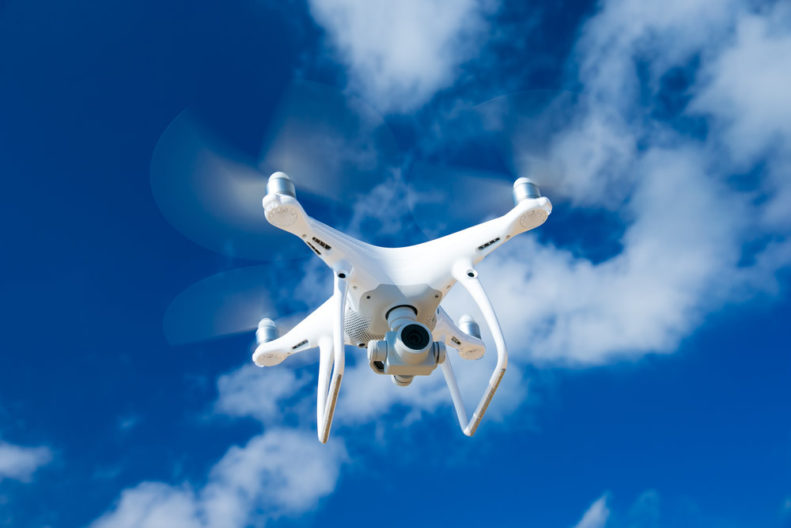
Understanding When and Where You Can Fly a UAS
Civilian Unmanned Aircraft Systems (UAS) have grown beyond a niche hobby to a significant growth area of the aviation industry.
They are now used for everything from agriculture, aerial survey, search/rescue and even racing. And companies and entrepreneurs are dreaming up new uses every day. Pizza by drone, anyone?
This is great news for our industry, and will introduce the joy of flight to thousands of people who may not otherwise have had access to aviation/aerospace.
But this UAS explosion has also brought some unique challenges. Namely, how are thousands of unmanned aircraft going to be safely integrated into global airspace systems?
In the U.S., the FAA and industry groups have established rules and educational programs to help UASs safely coexist with other parts of aviation. EASA is working on a regulation for civil drones that will bring consistency to drone operations throughout the EU. Look for it to be finalized by the end of 2018.
The FAA UAS rules are broken into two broad categories: Fly under the special rule for model aircraft (section 336) or under the small UAS rule (part 107). Part 107 allows both recreational and commercial use, whereas section 336 is for recreation only. Both categories limit the UAS size to under 55 lbs. (small UAS) and establish safety protocols for operation away from people, aircraft, airports, etc. Part 107 also involves getting a Remote Pilot Certificate.
Operating a UAS that weighs 55 lbs. or more, above 400 feet, near airports/in controlled airspace, beyond visual line-of-sight, etc. starts to get a little more complex and involves waivers from the FAA.
Find out more about the rules and regulations for UAS at:
Civilian Unmanned Aircraft Systems (UAS) have grown beyond a niche hobby to a significant growth area of the aviation industry.
They are now used for everything from agriculture, aerial survey, search/rescue and even racing. And companies and entrepreneurs are dreaming up new uses every day. Pizza by drone, anyone?
This is great news for our industry, and will introduce the joy of flight to thousands of people who may not otherwise have had access to aviation/aerospace.
But this UAS explosion has also brought some unique challenges. Namely, how are thousands of unmanned aircraft going to be safely integrated into global airspace systems?
In the U.S., the FAA and industry groups have established rules and educational programs to help UASs safely coexist with other parts of aviation. EASA is working on a regulation for civil drones that will bring consistency to drone operations throughout the EU. Look for it to be finalized by the end of 2018.
The FAA UAS rules are broken into two broad categories: Fly under the special rule for model aircraft (section 336) or under the small UAS rule (part 107). Part 107 allows both recreational and commercial use, whereas section 336 is for recreation only. Both categories limit the UAS size to under 55 lbs. (small UAS) and establish safety protocols for operation away from people, aircraft, airports, etc. Part 107 also involves getting a Remote Pilot Certificate.
Operating a UAS that weighs 55 lbs. or more, above 400 feet, near airports/in controlled airspace, beyond visual line-of-sight, etc. starts to get a little more complex and involves waivers from the FAA.
Find out more about the rules and regulations for UAS at:
